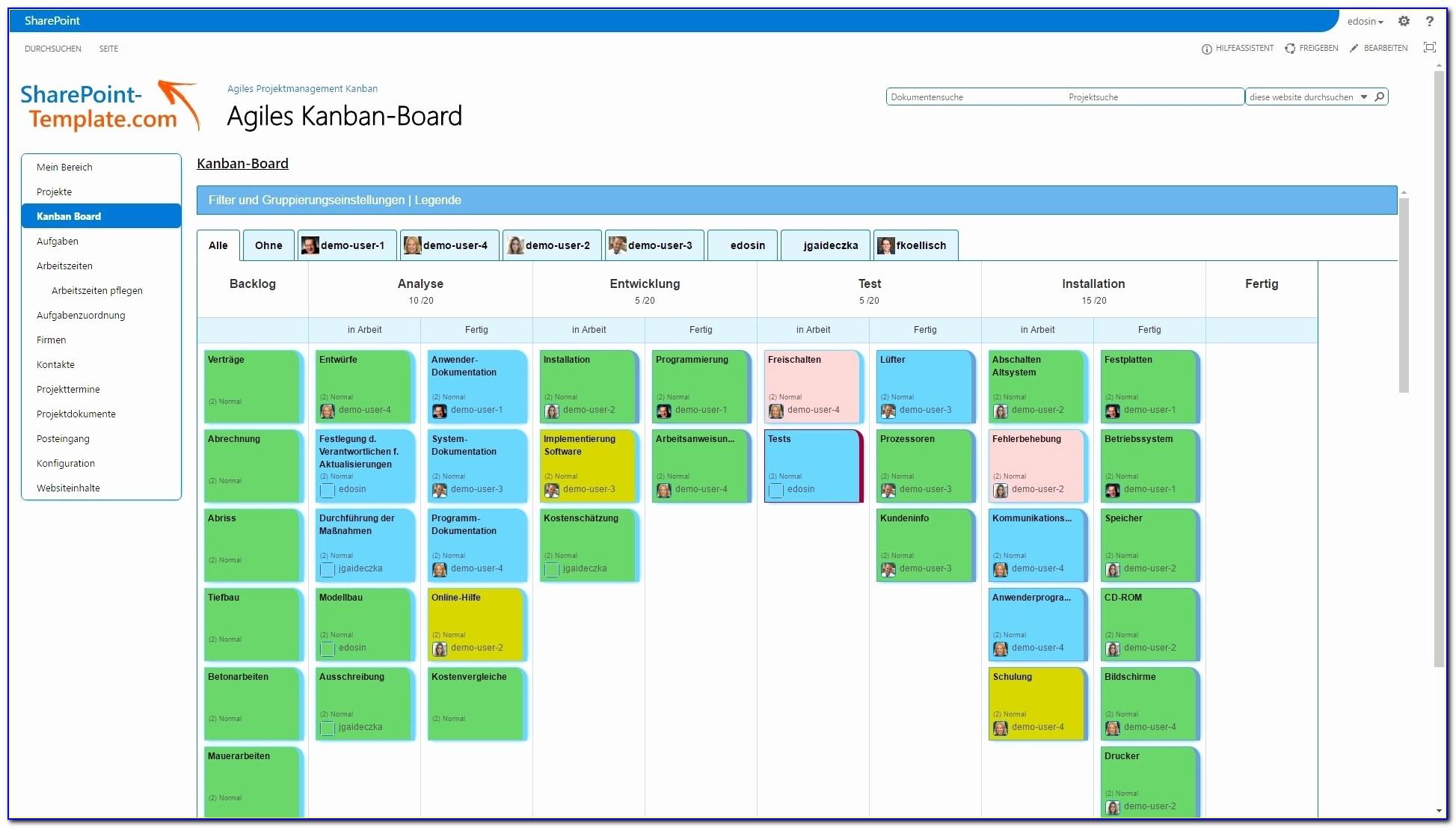

SCRUM AGILE TASKBOARD HOW TO
It would waste a lot of time going back and forth between the QA and Eng teams asking how to test things and being told that the functionality is only on the backend and would not be visible to the user etc.

SCRUM AGILE TASKBOARD CODE
All commits go through code review anyway. It is not useful for the QA team to attempt to test every task the engineers do, as much of it can be refactoring or such small pieces of functionality that it is much better to take as a whole. It should be noted that the engineering team also has an acceptance test task which is performed on a local machine deployment, and the QA team then performs the more in-depth testing on a deployment closer to production. The task to develop the tests can generally start immediately and in tandem with the engineering tasks, and the task to run the acceptance tests is performed once the engineering work has been completed on the story. We then split those stories into sub-tasks, and add in two sub-tasks for QA: to develop acceptance tests and to run them. What we do with regards to QA tasks on the taskboard, is we first choose the user stories that are to be tackled in the sprint. Then, select the iteration to move them to.I am a dedicated tester that works on a Scrum team working on a web app. From the sprint backlog, multi-select the items to move and then select the context menu for an item.All child tasks automatically move with the parent item. From the taskboard, drag the PBI or user story from the first column onto the backlog or future sprint.When you move a parent PBI or user story, all active child tasks (State not equal to Done or Closed) automatically move with the parent item. You can reduce the number of items on the taskboard by moving them to the backlog or another sprint. The maximum number of items includes work item types included in the Requirement and Task categories. If you exceed the number of items allowed on your taskboard, you'll receive a message indicating that you need to reduce the number of items. Reduce the number of items on the taskboard Interactively filter backlogs, boards, queries, and plans.Related articlesĪs you can see, the Taskboard provides support for your Scrum activities. Work with sprint burndown charts to monitor progress, manage scope creep, and mitigate risks. You can drag-and-drop work items onto a sprint from any backlog or board. Remaining Work should always reflect exactly how much work the team member estimates is remaining to complete the task. If they've discovered that it's taking longer than expected to complete, they should increase the Remaining Work for the task. It also ensures a smoother burndown chart.Įach team member can review the tasks they've worked on and estimate the work remaining. Updating Remaining Work, preferably before the daily Scrum meeting, helps the team stay informed of the progress being made. If you discover more work is remaining, change the State back to In progress or To do, and enter a value for the Remaining Work. When you move a task to the Done or Completed column, the system automatically updates the Remaining Work field to 0 in all processes, except CMMI. The Taskboard makes quick work of updating both task status and remaining work.ĭrag tasks to a downstream column to reflect if they are in progress or completed. Choose the Group by People option, and then select a specific team member, or All.


 0 kommentar(er)
0 kommentar(er)
